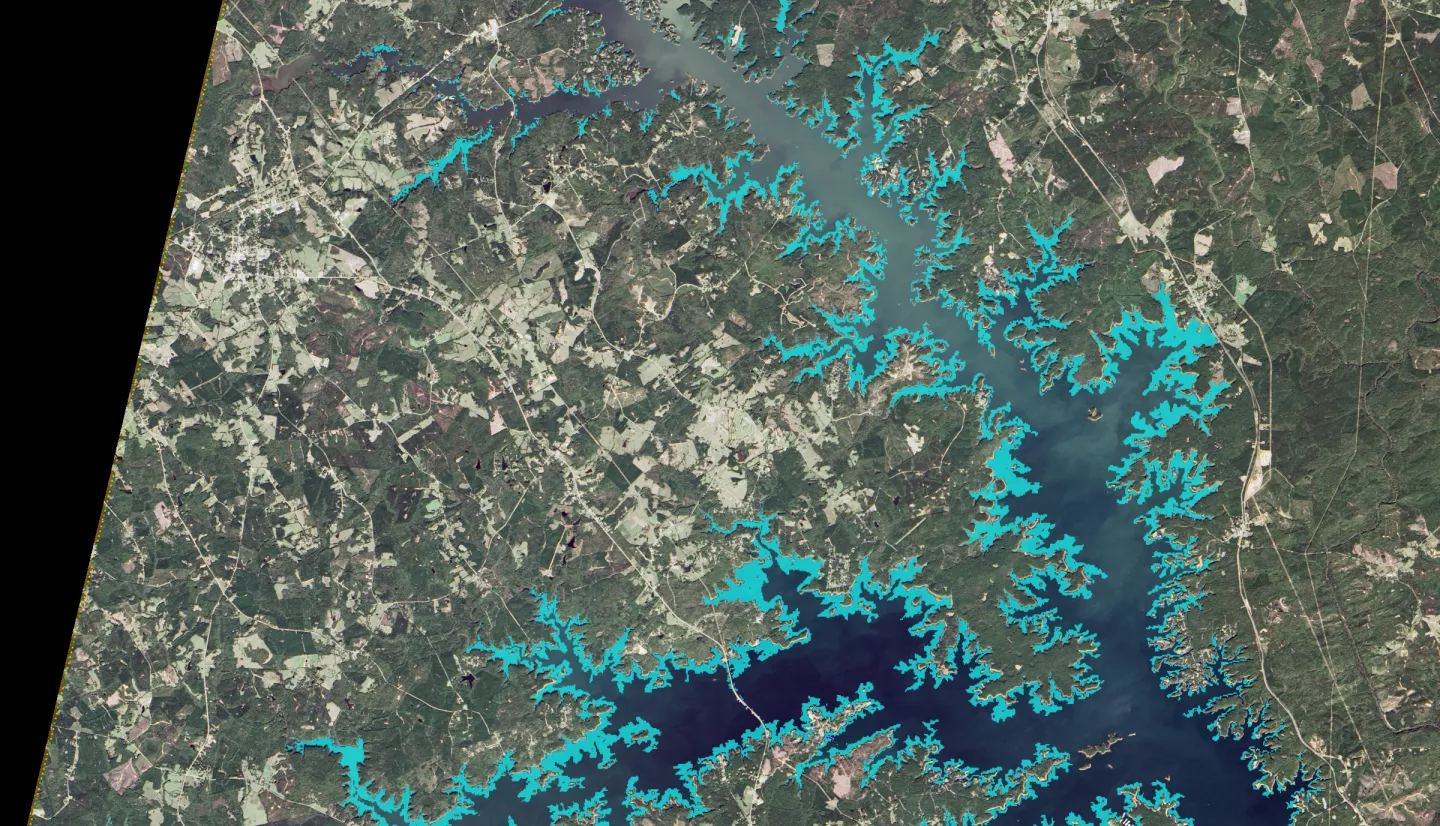Lake Thurmond is a large reservoir bordering Georgia and South Carolina. It is full of vegetation, including an invasive aquatic plant known as Hydrilla verticillata.
The plant affects the lake’s water transparency and poses a threat to other plants and animals. That is because there is a toxic cyanobacteria that lives on the plant. When birds eat the plants, the bacteria makes them sick.
Hydrilla verticillata is a tenacious freshwater plant that grows in at least 30 U.S. states. It can grow as fast as one inch per day. The U.S. Army Corps of Engineers uses herbicides to control the plant’s growth at boat ramps and swimming areas. But these efforts are temporary and, like the bacteria, these chemicals are bad for the birds.
The Corps, University of Georgia researchers, and the Applied Sciences’ DEVELOP program looked for a better system. They created a computer model that combines NASA satellite observations and local measurements. Lake managers now use have use this to know where to focus management efforts.
One of the local measurements is estimating the water’s transparency. To do this, scientists use an instrument called a Secchi disk which they lower it into the water to measure visibility. Other data included in the model is the deepest depth at which Hydrilla starts growing.
According to the DEVELOP team, the computer model will “act as the foundation for later models intending to predict future locations in need of Hydrilla management.”
More information at the Earth Observatory story: Mapping a Tenacious Invader in Lake Thurmond




